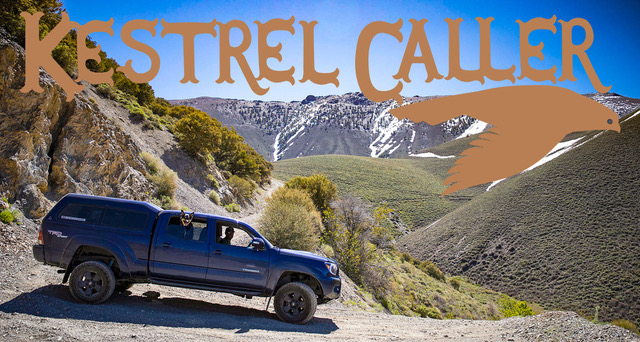Prefer to Hear this Story Instead? Listen Here.
It was an American cultural revolution, what happened in Reno.
Where women could become “Reno-vated”, escape loveless marriages, and seek newfound personal liberties at once. Even though it’s been ingrained in American culture since the 1800s when the idea of the West was sold to bored, rich Easterners and unhappy women alike, the road to “Kissing the Courthouse Pink” all began where Dude Ranches and divorce vacations met in Reno, now more than 90 years ago.
Welcome back to the second installment of the Legends of Lost Nevada series, where we’re on track to explore some of Nevada’s dark histories and mysteries that I just can’t stop thinking about. Even though the Reno Divorce story is sometimes a tired, worn out one that’s been told far longer than this historic event even happened in the first place, a funny thing occurred in Nevada where the enchantment of the American Dude Ranch and the Nevada Divorce Ranch became entangled as one, where the fabled excitement of the Western frontier and freeing yourself from societal expectations liberated in a way only the Biggest Little City could afford.
The Lure of the West
Back at the turn of the 20th century Florida, Idaho, Arkansas, and Wyoming streamlined the divorce process by shortening the length of time people were required to live in their state in order to be legally divorced. Morality was swapped for economic vitality unlike America had ever experienced before, where these four states saw a monetary benefit in attracting residents to live in their hotels, dine at their restaurants, and shop at their stores even on a temporary basis. By 1915 Nevada basically came up with the same idea, requiring a six month residency in order to get a fast-track divorce during an era where it was far from common.
By 1923, Nevada had the mandatory term clipped from six months residency to only three, followed by the Great Depression which really took its toll on the nation and especially Nevada. During the early 1930s, the Silver State definitely didn’t have its world renowned always-on, casino-party-nightlife appeal it does today—remember this era predated any glimmer of the Las Vegas Strip by about 30 years. But, things took a change for Nevada’s lasting identities for the better in 1931, when the construction of Hoover Dam became official, gambling was legalized, and the required residency for divorce was shortened to just six weeks.
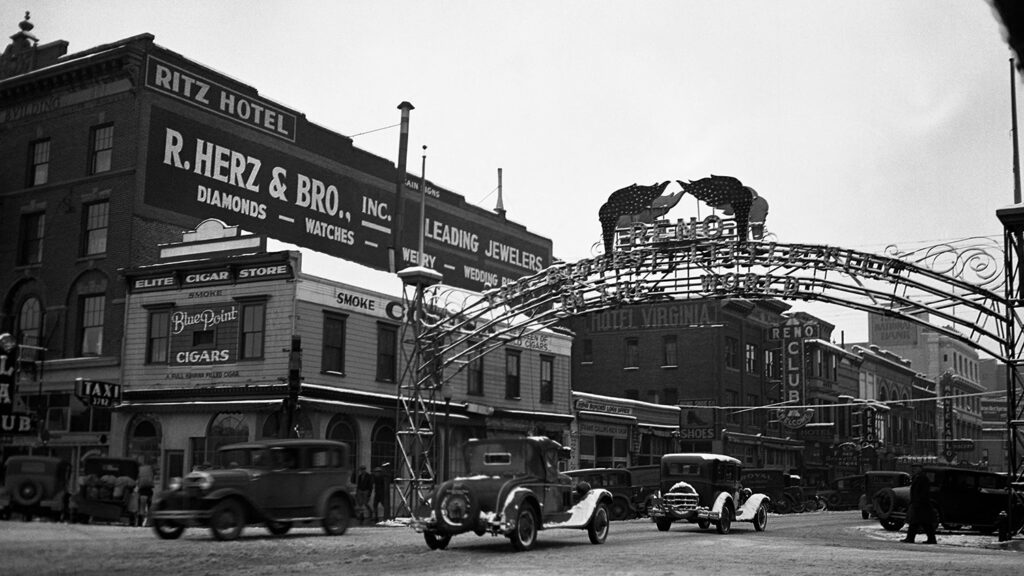
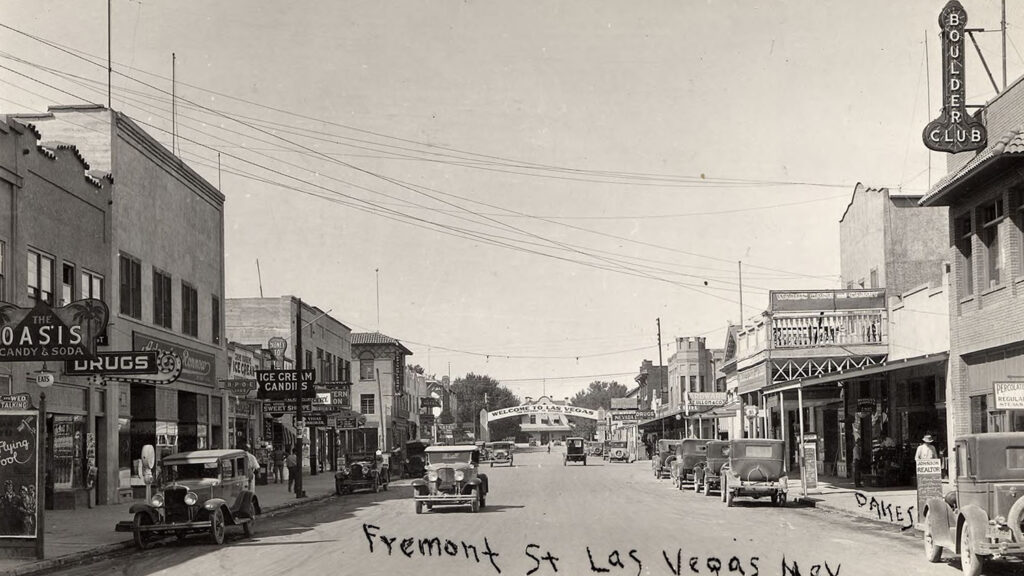
Divorce in Nevada became easier than ever not just because of an almost absent timeline, but because Nevada also required no proof you actually needed one. Proof of impotency, adultery, desertion, conviction of a felony, habitual drunkenness, neglect to provide the common necessities of life, insanity, extreme cruelty in mental nature, or having lived apart for three years were all reasons required for divorce anywhere else. In Nevada, you only needed one reason: wanting one.
American Dude Ranches
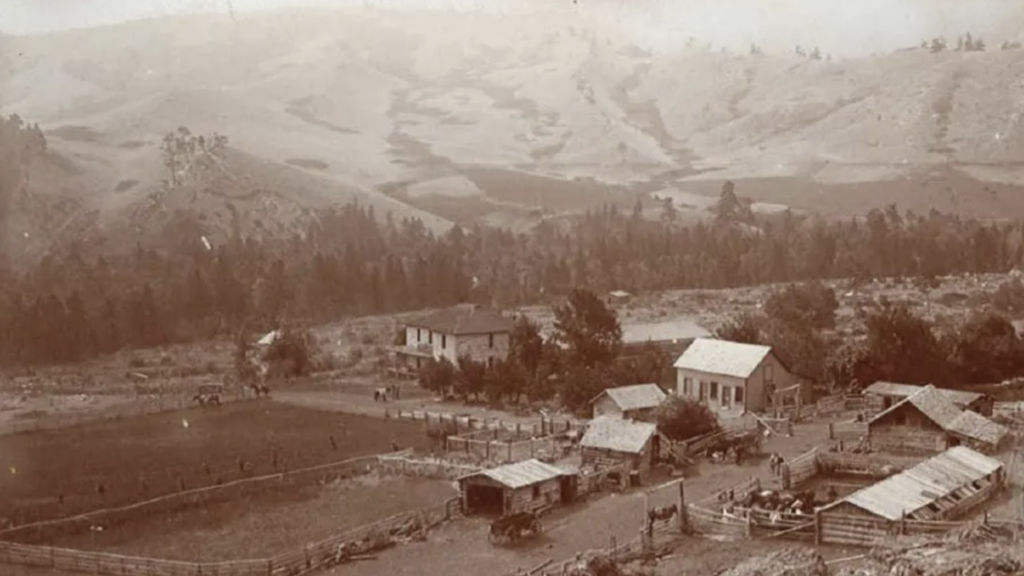
Meanwhile, another chapter of the West had an absolute stranglehold on everyone from Elvis to Earnest Hemingway: the American Dude Ranch. Even though some of the nation’s first Dude Ranches began many decades before (at Eatons’ Ranch in Wolf, WY in 1879), it was also during the double decade span from 1930-50 when the appeal of swapping your stuffy Eastcoast lifestyle for freedom and fresh air of the wide open West absolutely enchanted the nation. The one-two-punch of the Great Depression and aftermath World War II ushered in a long overdue eject button, and visiting a Dude Ranch promised more than just scenery. Here, guests could “go Western” by swapping their suits for Levi’s and high rise office buildings for bonfires, embracing the ruggedness of the West they’d dreamt about all their lives.
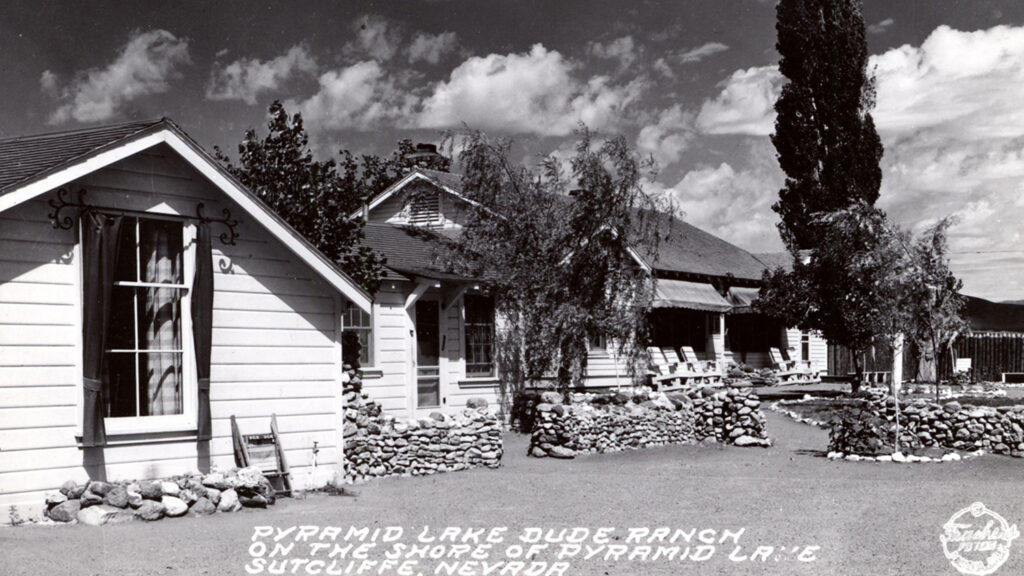
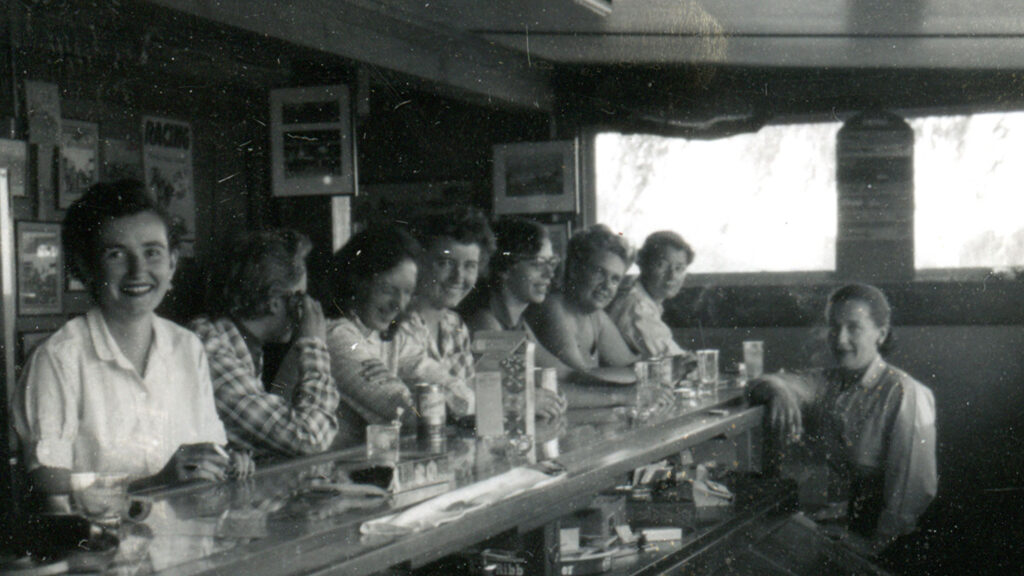
It was the silver bullet for struggling ranches in the West because they realized they could make a far greater profit charging high dollar for a real cowboy experience, or at least collect a lot more coin than they would actually ranching the place. Plus, in addition to their already deep-pocketed customer base in search of an authentic vacation, Dude Ranches were a magnet for celebrities because most of them were tucked in remote valleys and away from downtown businesses and observant eyes.
Becoming the Biggest Little Marriage Ending Capital of the World
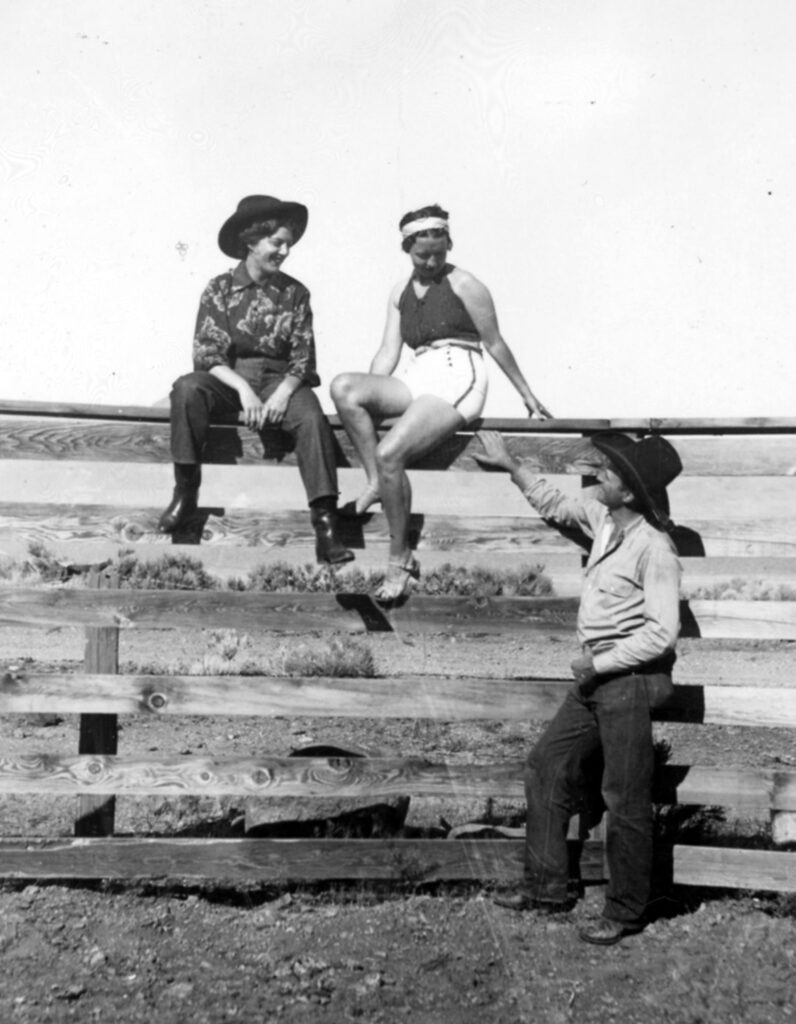
While Dude Ranches sprung up in Wyoming, Idaho, Montana, Nevada, and pretty much everywhere else in the West, an unusual thing happened in Nevada—the Dude Ranch and Divorce Ranch kinda-sorta became one. There were plenty of independent Dude Ranches you could say, bring your family to that didn’t include a roster of freshly freed women, and there were also plenty of Divorce Ranches that didn’t offer guided horseback rides and a dutch oven dinner. But a few blurred the lines between the two business models entirely where women could marry the smoking-hot ranch hand before the ink of her divorce decrees dried, like at the Flying ME Ranch in Franktown (or Washoe Valley), or the Pyramid Lake Guest Ranch, which was the first divorce ranch in Nevada and also where Arthur Miller stayed as he wrote the plot of the The Misfits.
There were only a few Dude Ranches in Nevada (though none with the size and reputation of its northern, out-of-state competitors), including the Donner Trail Guest Ranch, Sage Dude Ranch, Monte Cristo Dude Ranch, Washoe Pines Guest Ranch, and Lone Star Ranch, to name a few. All of them closed by the time the 1960s rolled around. Divorce Ranches, however, were far more common with more than 25 in operation across the state, with many eventually turning into refuges for women for a number of reasons (and not just divorce.) But on the heels of World War II there was a huge surge in divorces which damn near overnight turned Reno into the quickie divorce capital of the world, when it was common to go Reno and return with a cowboy, or if you learned a woman was staying at “a ranch near Reno”, well then you knew it wasn’t any ol’ ranch retreat.
Besides the six-week-rule, women visiting Reno Divorce Ranches had to swear they’d stay in Nevada (a rule that was of course never enforced), and after the six weeks of residency, most divorce proceedings took a total of six whole minutes. Story has it that women would get unhitched at the Reno Courthouse, and kiss one of its enormous pillars out front in gratitude before tossing their wedding rings in the Truckee River. So many women kissed the courthouse those pillars were pretty much permanently rosy (from all the lipstick)—an unmistakable thread of Reno history that even made the cover of Life Magazine in 1937.
Like almost all of Nevada’s Dude Ranches, the Silver State’s Divorce Ranch history burned bright and hot and were two chapters of Nevada history that were done and over by the early 1960s. By then, other more successful out of state Dude Ranches drew Eastern tourists, other states loosened their divorce laws, and Nevada’s economy had recalibrated a bit with the overnight success of the Las Vegas Strip and a steadily growing Reno population. A few of the old ranch properties stayed open as private residences, but almost all of them were lost to time or deliberately demolished long ago. Too bad.
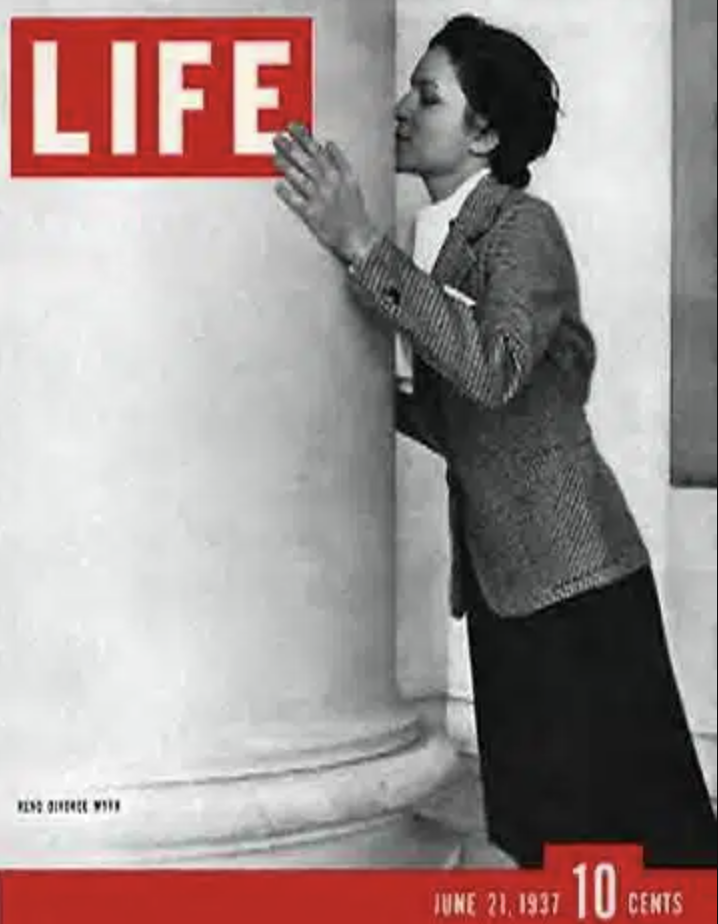
Reno Divorce Ranches Today
While the true ranches are long gone, wanna know where Reno’s last few Divorce Houses are located? I’ve definitely thought about this—and a lot—through my Reno residency. Tami Force, an amazing modern day Nevada historian, storyteller, and explorer, put together an amazing resource on her site. Either that, or you can feast your eyes on a bunch of really great classic movies about the Reno Dude/Divorce Ranch culture in The Women (1936), Next Time I Marry (1938), The Road to Reno (1938), Maisie Goes to Reno (1944), Reno-Vated (1946), Vacation in Reno (1946), Affair in Reno (1957), The Misfits (1961), and Desert Hearts (1985), to name a few among many sure to keep this once burning-hot chapter of Nevada history glowing as bright as that desert neon in the distance.










